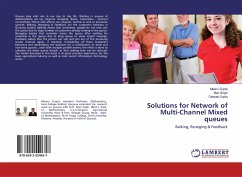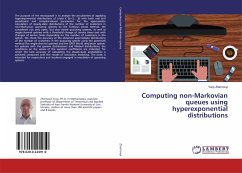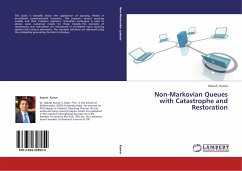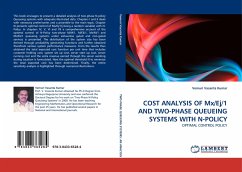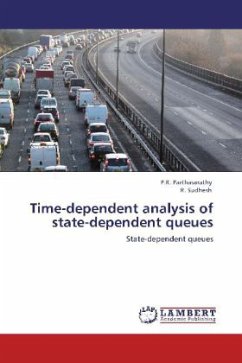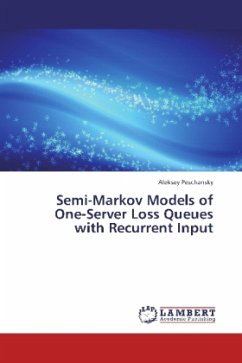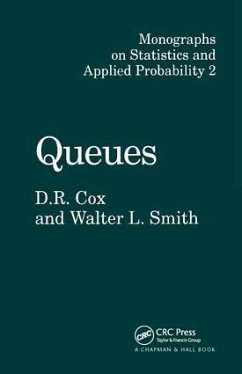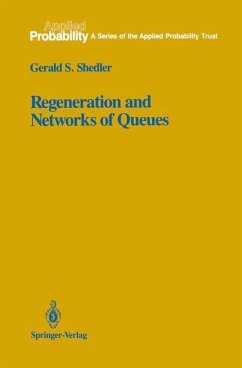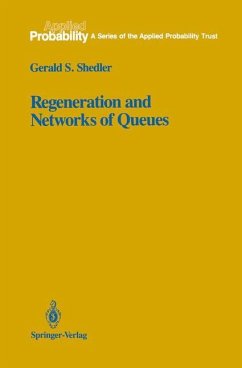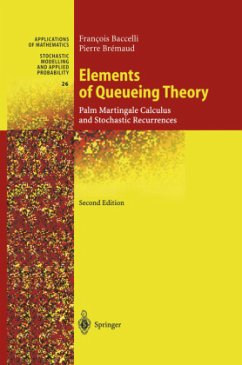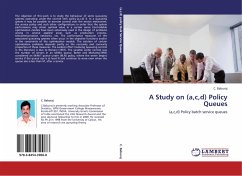
A Study on (a,c,d) Policy Queues
(a,c,d) Policy batch service queues
Versandkostenfrei!
Versandfertig in 6-10 Tagen
32,99 €
inkl. MwSt.

PAYBACK Punkte
16 °P sammeln!
The objective of this work is to study the behaviour of some queueing systems operating under the control limit policy (a,c,d) $. In a queueing system it may be possible to exercise control over the service mechanism, the service policy and such other configurations in order that the system performance may attain optimal value in a certain sense. Controllable optimization models have been extensively used in the design of problems arising in several applied areas such as production process, telecommunication networks, etc. The performance measures of the associated queueing systems often occur...
The objective of this work is to study the behaviour of some queueing systems operating under the control limit policy (a,c,d) $. In a queueing system it may be possible to exercise control over the service mechanism, the service policy and such other configurations in order that the system performance may attain optimal value in a certain sense. Controllable optimization models have been extensively used in the design of problems arising in several applied areas such as production process, telecommunication networks, etc. The performance measures of the associated queueing systems often occur in the objective functions and/or in the constraints of the optimization models. The solution of certain optimization problems depends partly on the concavity and convexity properties of these measures. The earliest effort involving queueing control in the literature is due to Romani (1957). The variable under control was the number of servers in an M/M/c queue. Bohm and Mohanty(1993) considered an M/M/1 queue under (M,N) policy, where the server begins service if the queue size is at least N and continue to serve even when the queue size is less than M, after a service



